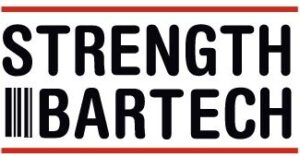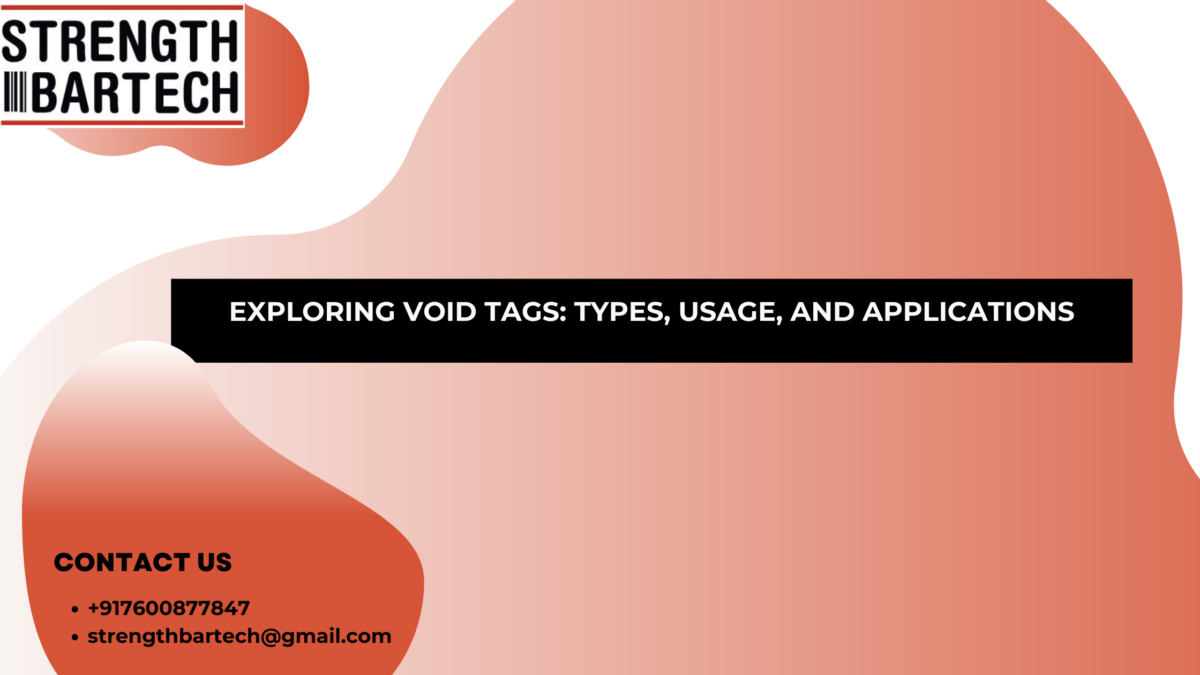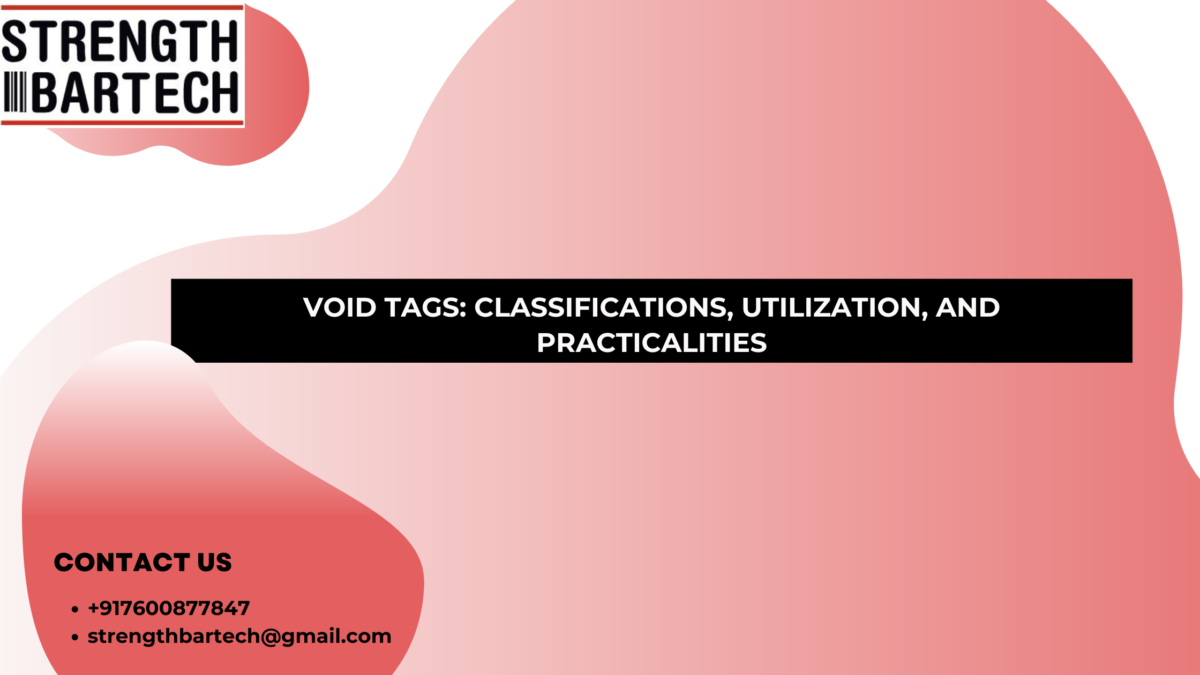Void labels are a crucial component of security stickers designed to deter tampering with external packaging or products. Once removed, the adhesive reveals repeated text, typically the word “Void,” signaling that the label has been tampered with. While the name originates from the term “Void,” these stickers can also display other messages like “Opened” and are often customizable to suit specific needs.
Varieties of Void security labels
Different types of Void labels exist within the realm of security stickers, varying based on the material they’re composed of and the residue they leave behind upon removal from the product. Let’s explore Precintia’s selection of Void labels:
1. Non-residue Void labels
The CKNR model of Void label features a concealed message revealed in the plastic film when the label is peeled off. Its characteristics include:
– These security stickers do not leave any residue on the applied surface, yet tampering is evident on the label’s front face.
– Crafted from Mylar polyester, they boast a robust adhesive that ensures exceptional strength, capable of withstanding temperatures ranging from 0 to 80°C.
– Ideal for use on non-porous surfaces.
– Writable surface and customizable in shape, size, and branding, allowing for the addition of logos or messages.
Applications for non-residue Void labels encompass various sectors:
– Transportation: aircraft doors and windows, containers, air cargo, catering trolleys, vehicle doors, security areas, wooden or plastic pallets.
– Industrial: alarms, security equipment, ballot boxes, emergency equipment, entry/exit doors, panels, extinguishers, first aid kits, computer equipment.
– Surveillance: communication points, access control, valve and pump controls, meters.
– Financial sector: coin boxes, ATMs.
– Retail: returns management, packaging protection.
2. Void labels with partial residue
The CKR Void label model is a type of security sticker that leaves behind a partial residue upon removal, indicating evidence of tampering. Recommended for use on non-porous surfaces, these labels are constructed from the same material as the previous model – Mylar polyester – and feature a high-strength adhesive.
Applications for Void labels that leave a partial residue include:
– Transportation: containers, air cargo, catering trolleys, storage, security areas, wooden or plastic pallets.
– Industrial: panels.
– Surveillance: security envelopes and bags.
– Retail: returns management, packaging protection.
3. Void labels that leave a full residue
The KTL and KTL+ Void label models are specifically designed for application on porous surfaces such as cardboard, paper, or fiberboard. Upon removal, these labels leave behind a concealed message adhered to the surface, indicating evidence of package or product tampering.
Crafted from translucent polypropylene and featuring a high-strength adhesive, both models ensure secure attachment. The primary distinction between the KTL and KTL+ Void labels lies in the external numbering present on the latter type. However, the remainder of the identification is embedded in the plastic film underlayer, rendering them unmodifiable.
Potential applications for full residue Void labels include:
– Surveillance: security envelopes and bags.
– Financial sector: general boxes, envelopes, and confidential mail.
Employing Void labels helps safeguard products from tampering, combat fraud, and deter counterfeiting. Due to their challenging replication and ability to facilitate traceability, they serve as a means of identifying goods.
Frequently Asked Questions:
Q1. What are Void labels?
A1. Void labels are security stickers designed to prevent tampering with external packaging or products. When removed, they reveal repeated text, such as “Void,” indicating tampering.
Q2. What are the different types of Void labels?
A2. Void labels come in various types based on the residue they leave upon removal. These include non-residue Void labels, Void labels with partial residue, and Void labels that leave a full residue.
Q3. What materials are Void labels made of?
A3. Void labels are typically made from materials like Mylar polyester and translucent polypropylene, ensuring durability and strength.
Q4. What are the applications of Void labels?
A4. Void labels are used in a wide range of sectors including transportation, industrial settings, surveillance, retail, and the financial sector for purposes such as security, tamper-evidence, and product authentication.
Q5. How do Void labels contribute to product security?
A5. Void labels serve as a deterrent against tampering, fraud, and counterfeiting. Their unique design and ability to leave behind evidence of tampering help enhance product security and traceability.


